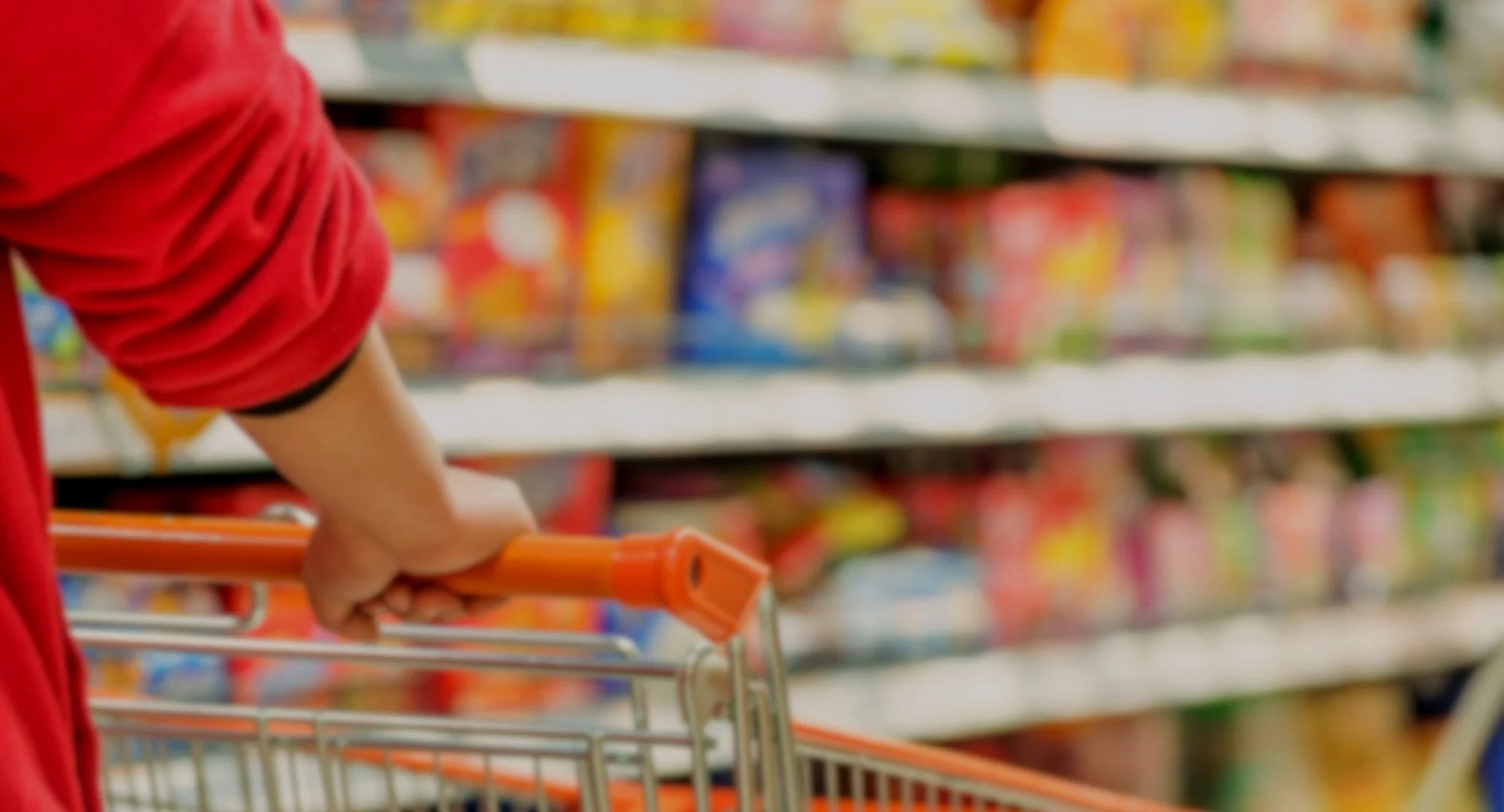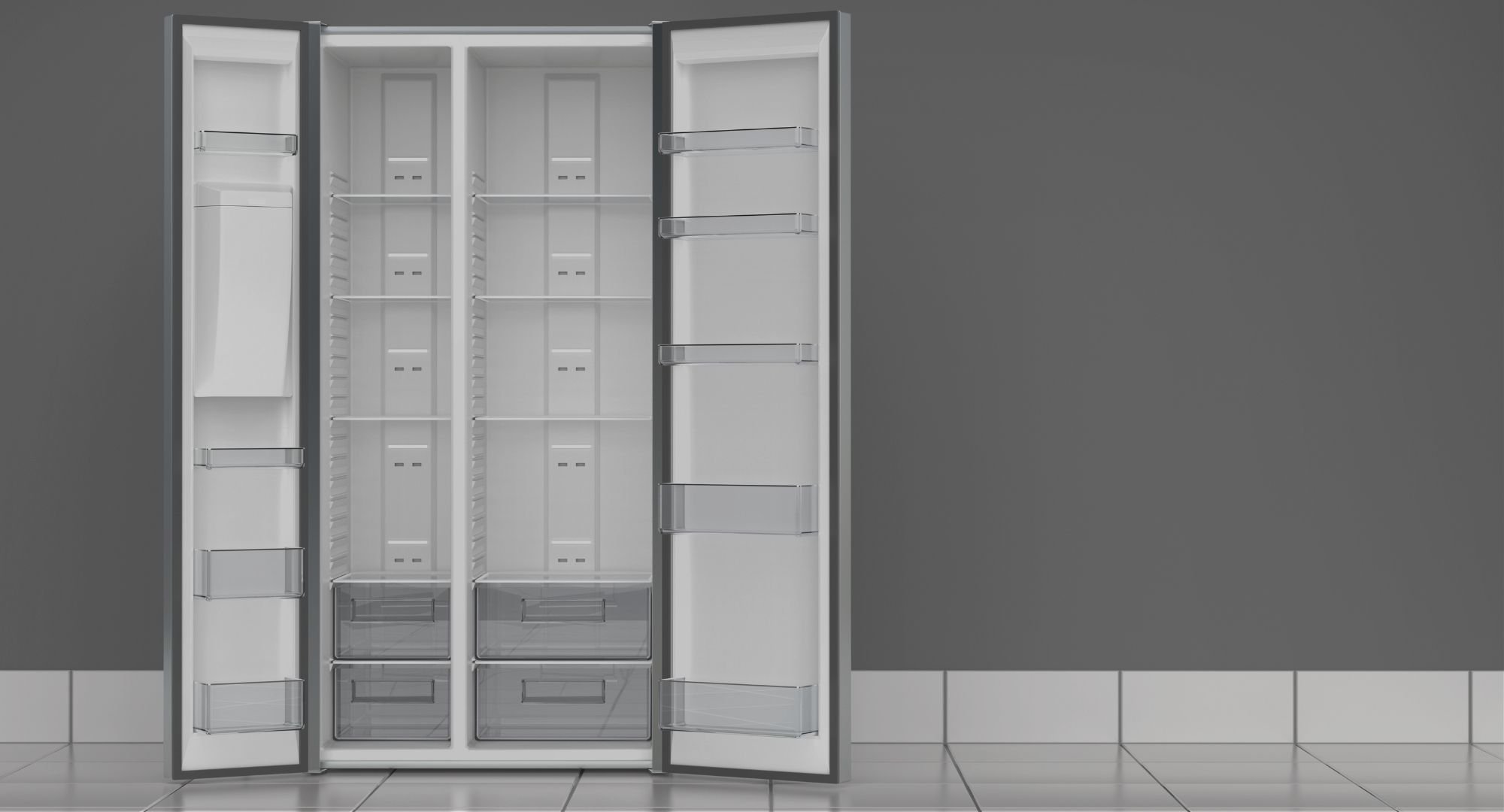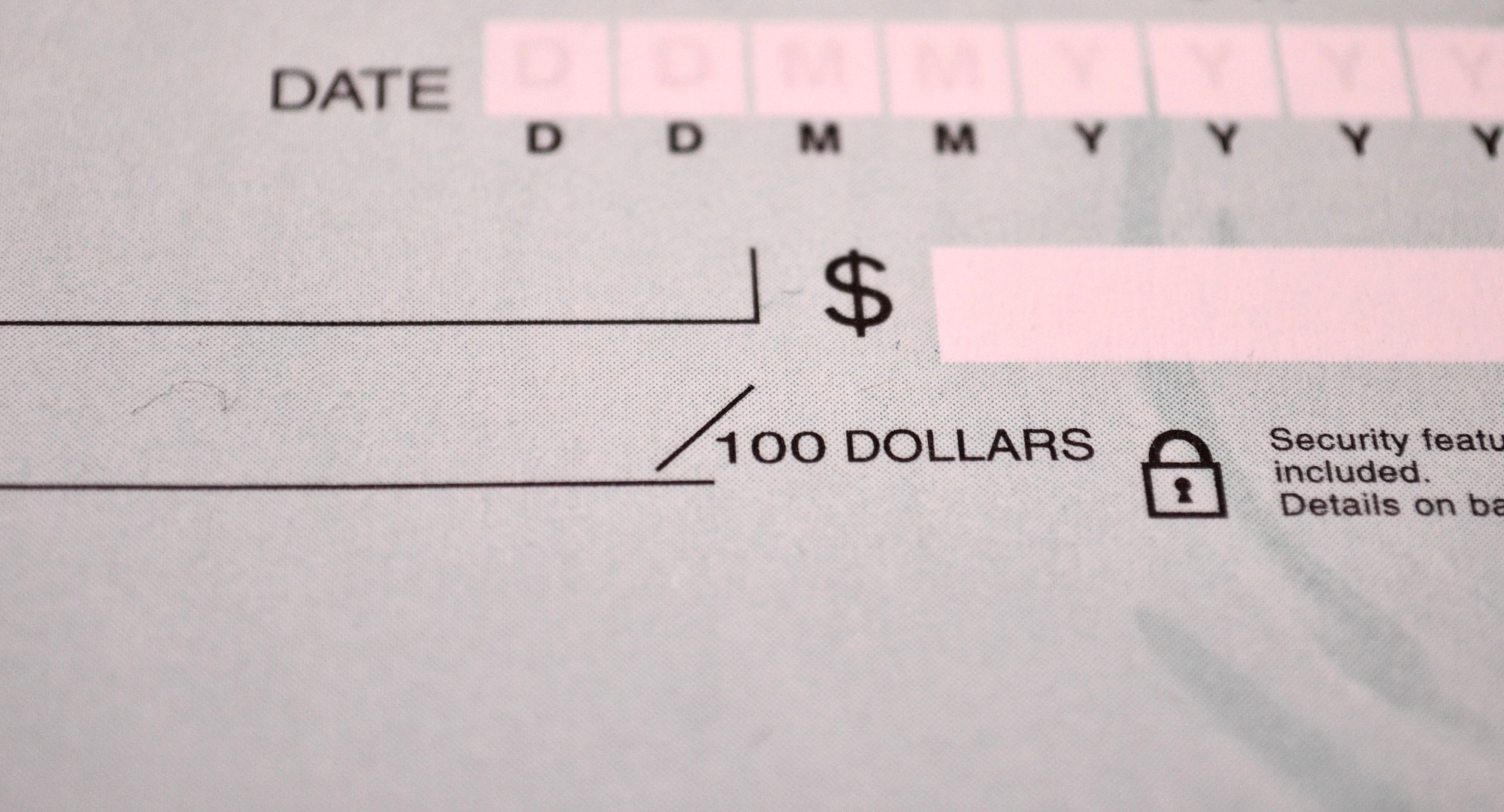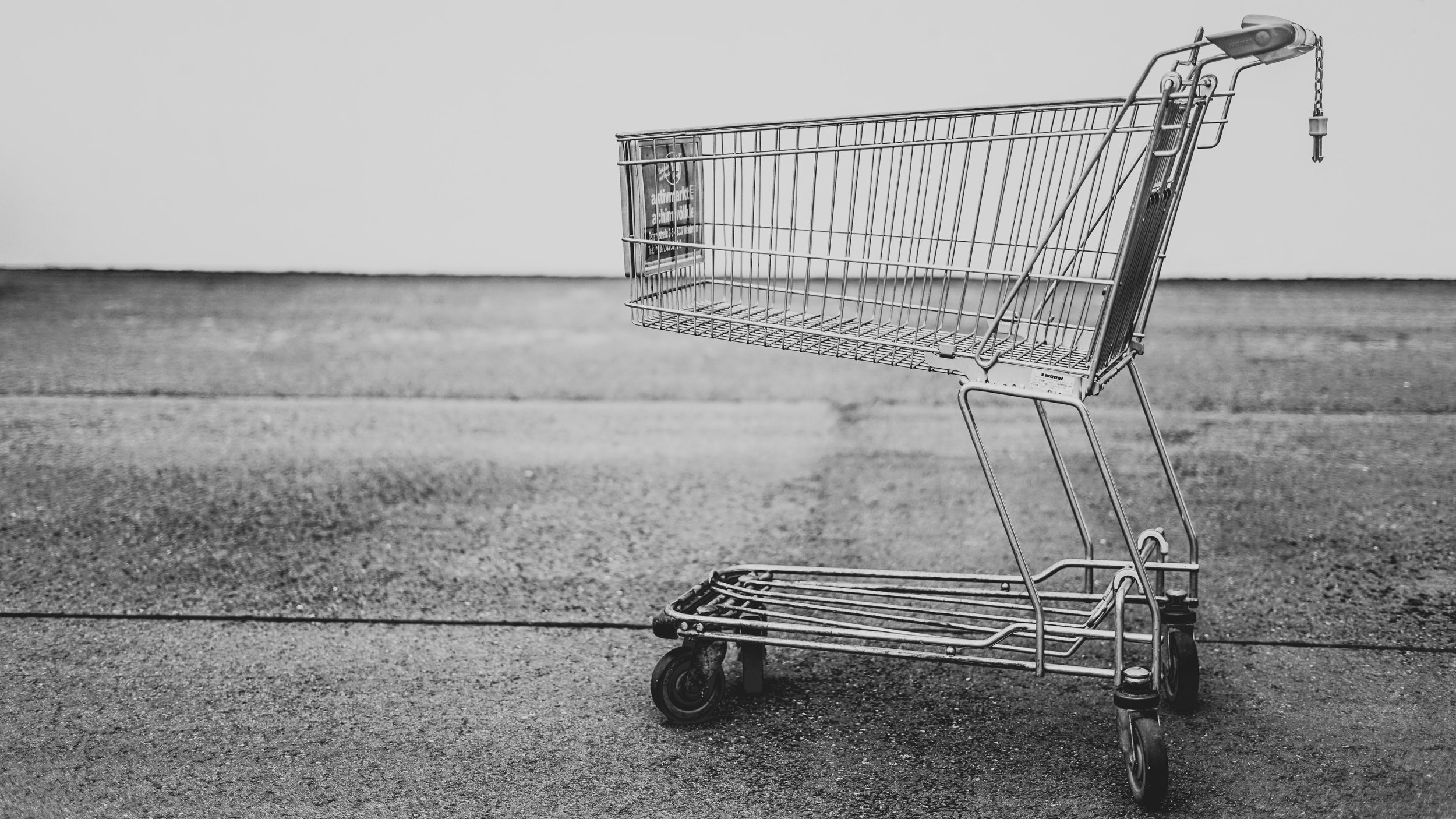In the past month, Food Banks Canada released two stellar reports: the 2023 Hunger Count and the Poverty Report Card. Both reports describe national trends and province-specific information. This blog highlights N.L. and nationwide data from both reports and what it means for our province.
The 2022 Newfoundland and Labrador Nutritious Food Basket in Context
The Provincial Government has just released the updated cost of a 2022 Newfoundland and Labrador Nutritious Food Basket. It highlights the costs of nutritious food in our province, and is the second release of data using the updated food basket developed for 2021, allowing us again to make year-to-year comparisons.
The Nutritious Food Basket is a standardized tool used to calculate the weekly cost of meeting the nutrient requirements for a family of four, consists of 61 foods from the 2019 Canada Food Guide, and is based on the National Nutritious Food Basket.
Request for Proposal: Audit services
Read Feed: The 2023 Labour Edition
There's a real focus on labour right now, with labour organizing in the news and the celebration of International Labour Day on May 1st, including a large May Day rally in St. John’s. So this month we're focusing on food insecurity and decent work.
This content first appeared in the May 2023 newsletter.
Food on the Move is Searching for a New Base of Operations!
Food First NL’s Food on the Move is outgrowing its current storage and preparation area and is looking for a new home. This space is used for all of our food storage (mostly fresh fruits and vegetables and some shelf-stable items), packaging, and market preparation.
We’re aiming to move into this new space by June 2023. We’re open to sharing a space with another organization but our ideal would be a space where we can grow and adapt to our changing needs.
The Community Food Helpline is Closing at the End of March 2023
At the end of March, 2023, the Community Food Helpline will be closing. Here’s more information about why, which services will be available until the end of March and beyond, and how to get involved.
We would like to send heartfelt thanks to all of our partners, supporters, and staff of the Helpline over the past nearly three years. We couldn’t have done it without all of your dedication and contributions.
Setting the Table: Recommendations for the Government of N.L.’s Social and Economic Well-Being Plan
Back in October 2022, Food First NL partnered with PROOF, Nourish, and the Coalition for Healthy School Food to submit our recommendations for the Government of Newfoundland and Labrador’s Social and Economic Well-Being Plan. Our public policy recommendations approach social and economic well-being through a food systems and food security lens. Our hope is that these recommendations will encourage the provincial government into immediate and bold action as they develop and implement the plan.
The 2021 Newfoundland and Labrador Nutritious Food Basket in Context
Accessing the Government of N.L. Cost of Living Benefit
Any individual resident of Newfoundland and Labrador who is aged 18 or older as of December 31, 2022, has filed a 2021 tax return as a resident of N.L., and earns an adjusted income of less than $125,000 per year, is eligible for the Government N.L. Cost of Living Benefit. This resource includes more information about accessing the benefit and filing your 2021 tax return.
Office Space Call-Out
Latest PROOF Report on Canadian Food Insecurity for 2021
PROOF’s latest Food Insecurity in Canada report is out, reporting on Statistics Canada’s Canadian Income Survey (CIS) data from 2021. The results are perhaps not surprising but disappointing all the same.
15.9% of households surveyed in the ten provinces had experienced food insecurity in the previous 12 months. In Newfoundland and Labrador, that number rises to 17.9% of households.
Community Food Helpline on Two-Week Pause (August 2022)
The Community Food Helpline will be pausing all new requests for two weeks, from July 29th to August 14th. This will allow the staff to focus on the overwhelming number of requests made throughout July and hopefully decrease the future wait time. Folks can call, text, or email again to request food help as of August 15.
Minimum Wage Policy Submission
Food First NL and PROOF have co-authored a submission to the 2022 Newfoundland and Labrador Minimum Wage Review Committee, titled “The Minimum Wage: A Powerful Tool to Reduce Food Insecurity.”
Food Prices in NL - An Update
Equity in HR: Our Internal Policy Journey
Election Resources 2021
National Indigenous Peoples Day Statement 2021
Today, Food First NL is proud to mark National Indigenous Peoples Day. We do so by calling on all Newfoundlanders and Labradorians to spend the day celebrating Indigenous cultures, reflecting on Canada’s ongoing legacy of colonialism, and committing to take action to advance truth and reconciliation.
Thoughts Before Provincial Budget 2021
The provincial budget drops on Monday, and the folks at PROOF just released a fact sheet on provincial policy levers to reduce household food insecurity, with a lot of common elements to our own pre-budget submission. This blog post will take you through some of the key points from both, and give you a sense of what we’ll be looking for in Monday’s budget, and in budgets to come.
The PROOF fact sheet, which uses data on households with children under 18 from the Canadian Community Health Survey (CCHS), makes it clear how critical income interventions are to reduce food insecurity. Some key findings:
A $1/hr boost to the minimum wage lowers a household's risk of food insecurity by 5%
A $1000/month boost to income support rates (bringing them closer to CERB amounts) lowers the risk of severe food insecurity by 5%
On the other side of the ledger, a 1% increase in income tax for the lowest bracket would increase the risk of food insecurity by 9%. Tax decreases in these brackets are a powerful lever.
This data is yet another reminder that there are clear pathways for governments to reduce food insecurity, and those pathways involve getting more money to folks who need it. PEI recently became the first province to set defined targets.
Our own submission to the pre-budget process picks up on this theme, and uses a lot of the recent analysis from the "Cost of Poverty" report for Atlantic Canada produced by the Canadian Centre for Policy Alternatives.
The call for pre-budget submissions here in NL was structured around 3 questions: where can expenditures be raised, where can costs be cut, and where can service delivery be modernized? We see pathways for the food system in all three areas.
The most obvious and important issue is around poverty. Poverty is really expensive. It drives up our health care and justice-system costs, reduces economic productivity (and the tax take from that), and creates demand for expensive emergency response programs. In cold budget terms, reducing our poverty rate would reduce a huge range of costs and boost a wide range of revenues.
These interventions have costs, of course - some direct to the treasury, but not all (minimum wage is the obvious one here). Reducing the poverty rate would also make a huge dent in our rates of food insecurity, which affects almost 15% of households in the province as of 2017/18 (likely higher now in the wake of the pandemic).
There are a lot of ideas in play right now about our fiscal future and the policy/revenue tools that are, or could be in play. Settling that question isn't going to happen in a blog post, b ut there are options on the table.
There is, of course, more to our food system than food insecurity rates. In a budget context, the food system is already a big economic driver, and could be bigger. Lots of ideas in this space were captured by the Atlantic Food Systems Recovery Vision - http://atlanticfoodvision.ca.
Unlocking food system growth can come at a relatively low cost - by streamlining and speeding up our regulatory systems around food and land access, for example. There are also huge opportunities in food procurement from big institutions like schools and hospitals.
So, what lenses will we be looking through on Monday, and in budgets to come?
First and foremost, are there measures to boost incomes for the folks who need it most, with tough times around us and very likely ahead of us?
Second, does the budget set the stage for our local food systems to thrive? Are there investments in infrastructure and system gaps? Are we getting the most food-system value from the money we have to spend anyhow?
Finally: who is being prioritized? Food insecurity doesn't affect everyone equally. We know that Black folks, Indigenous people, and women in particular face a much higher risk of food insecurity (and many other challenges). Will our budgets recognize that? We hope so.
Further reading
The PROOF fact sheet is online here, and our budget submission is here.
New Community Food Helpline Launched
COVID-19 Food Supports Update: February/March 2021
Being at Alert Level 5 for the second time has been a particularly challenging experience. There’s been an increase in demand for emergency food supports and food programs have run into barriers that make meeting that demand difficult. There are a few reasons why these problems are heightened at the moment, and we thought we’d take the opportunity to offer some explanations for the extra challenges and point to resources for individuals that might be able to help in this difficult time.




















